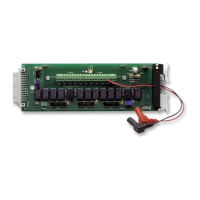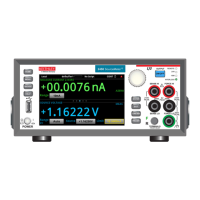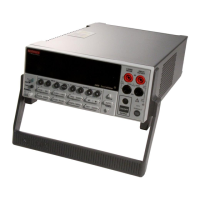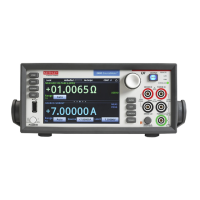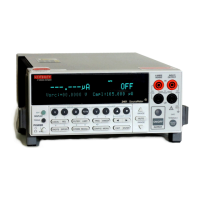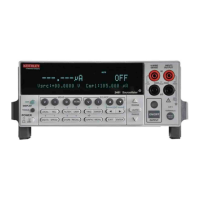l 2450 Interactive SourceMeter® Instrument Reference Manual Section 3:
2450-901-01 Rev. B/September 2013 3-29
Using TSP commands:
Once you create a reading buffer using TSP commands, if you use that buffer name for another
buffer or variable, you can no longer access the original buffer.
The following TSP commands are associated with data storage operation:
Command Description
This function clears all statistics from the specified buffer. This function does
not clear the readings. See buffer.clearstats() (on page 8-8).
This function deletes a user-defined reading buffer. See buffer.delete() (on
page 8-9).
This function creates a user-defined reading buffer. You cannot use this
command on the default buffers. See Creating buffers (on page 3-12
). Also
see buffer.make() (on page 8-11).
This function saves data from the specified reading buffer to a USB flash
drive. See Storing readings in buffers (on page 3-17). Also see buffer.save()
This function appends data from the reading buffer to a file on the USB flash
drive. See buffer.saveappend() (on page 8-14).
This command reads the number of readings a buffer can store. This allows
you to change the number of readings the buffer can store. See
bufferVar.capacity (on page 8-15).
This function clears all readings and statistics from the specified buffer. See
Clearing buffers (on page 3-26). Also see bufferVar.clear() (on page 8-17).
This attribute determines if a reading buffer is filled continuously or is filled
once and stops. See bufferVar.fillmode (on page 8-19).
This attribute indicates whether the reading buffer should log informational
events. See bufferVar.logstate (on page 8-22).
This attribute contains the number of readings in the specified buffer. See
bufferVar.n (on page 8-23).
Accessing the data in buffers
Using SCPI commands:
To access a buffer, include the buffer name in the respective command. For example, the following
commands return five readings (including the measurement, source value, and relative time) from a
user-defined buffer named testData:
-- Create a buffer named testData to store 100 readings.
TRAC:MAKE "testData", 100
-- Set the instrument to make 5 readings for all measurement requests.
SENS:COUN 5
-- Make the readings and store them in the buffer
TRAC:TRIG "testData"
-- Read the 5 readings including the measurement, source value, and relative time
for each point.
TRAC:DATA? 1, 5, "testData", MEAS, SOUR, REL
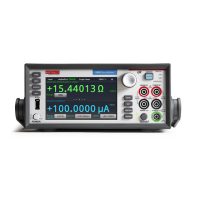
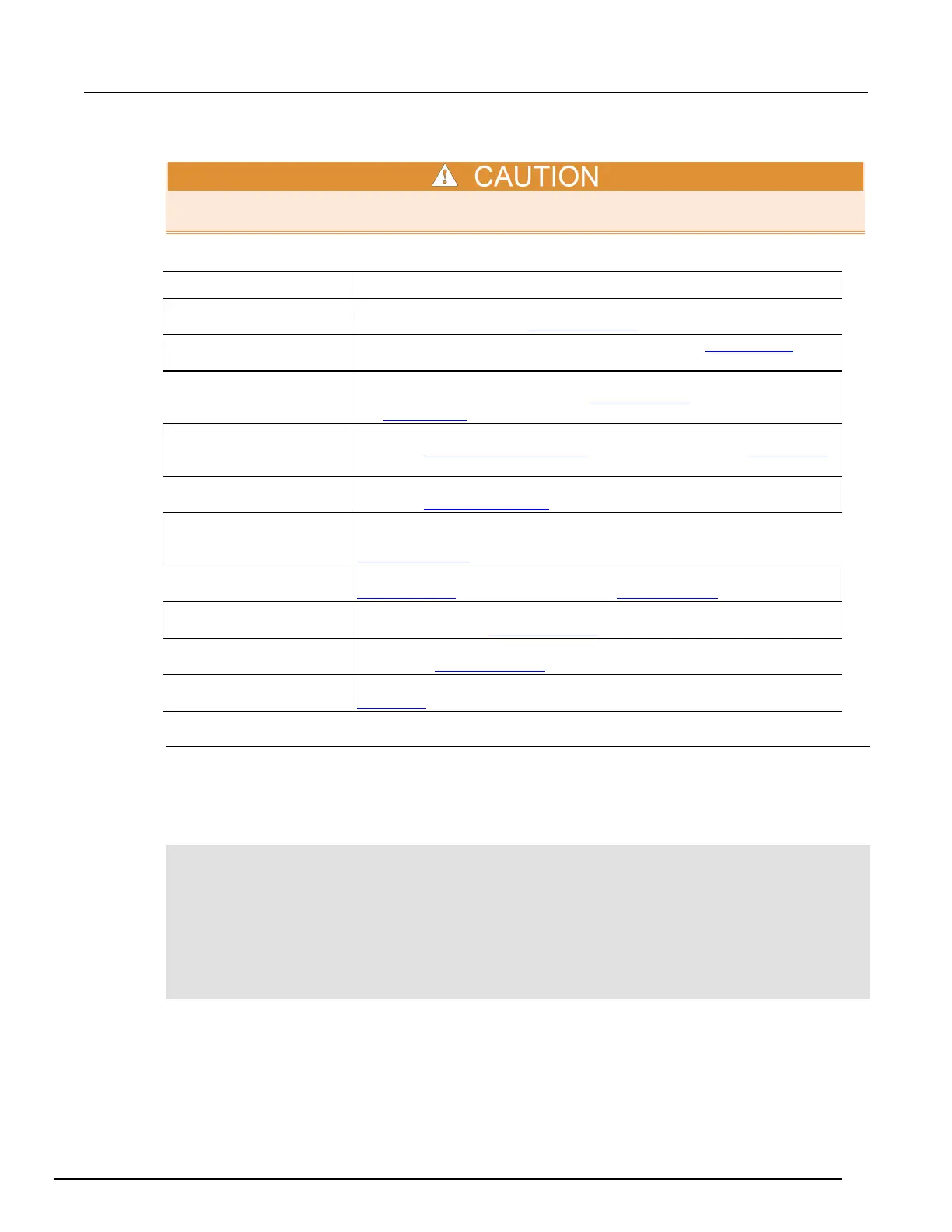